Painting with Balls: 5 Easy Art Activities
Painting with Balls: An Engaging EYFS Art Activity
Looking for a creative art project that also builds a variety of skills for kids? Painting with balls is an innovative, hands-on activity children love. By providing balls of different sizes and textures, kids can create unique painted designs while developing motor, sensory, and cognitive skills.
This activity is extremely versatile and can be adapted for preschoolers/Kindergarten up. It’s also great for children with special needs or sensory processing disorders who may benefit from the multi-sensory, tactile experience. You can easily combine this with other painting and craft activities such as splatter painting.
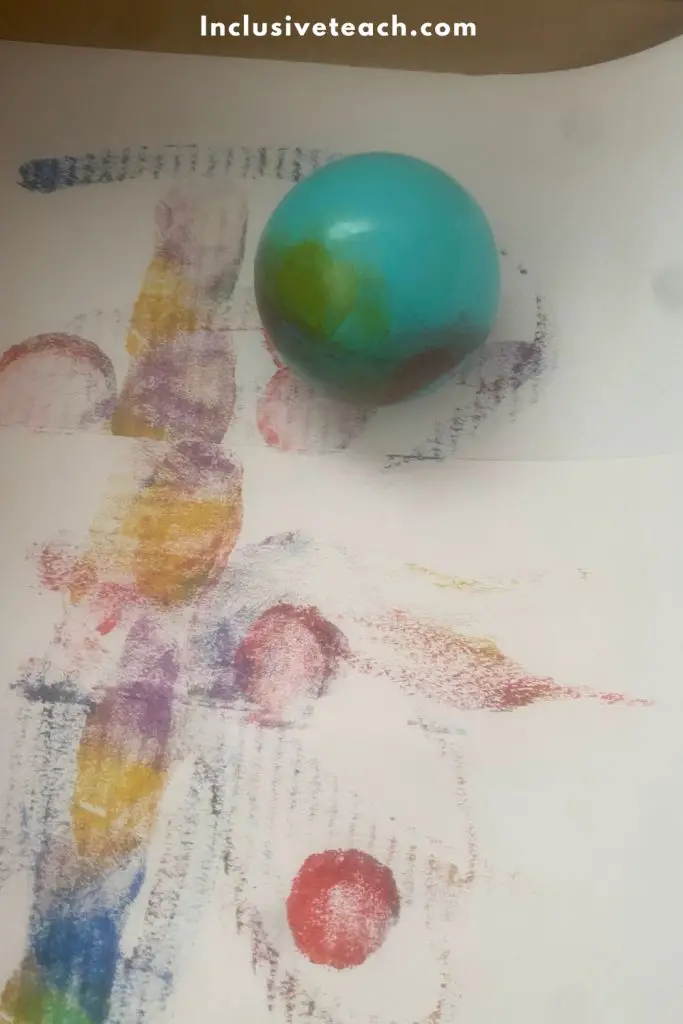
Painting With Balls Activity: Set Up
Supplies and Painting Resources Needed:
- Canvas or thick paper for painting on
- Tempera or acrylic paint – any water based paint really.
- Variety of balls – ping pong, golf, plastic, wood, etc.
- Shallow trays or pans for paint
Cover the workspace with newspaper or plastic tablecloth. Pour a small amount of paint into the trays, enough to coat the bottom surface. Demonstrate rolling the balls through the paint to cover them.
Exploring the Sensory Aspects of the Painting Process
Let kids first enjoy rolling the balls through the paint and experimenting with how the paint coats the different textures and shapes. Encourage discussion – Which balls pick up more paint? How does the paint roll off golf balls differently than ping pong balls? What designs can you create by rolling balls through paint and onto paper?
This exploration during painting with balls builds sensory processing skills as children observe how the balls interact with the paint. The act of rolling balls also develops hand-eye coordination, grip strength, and motor planning.
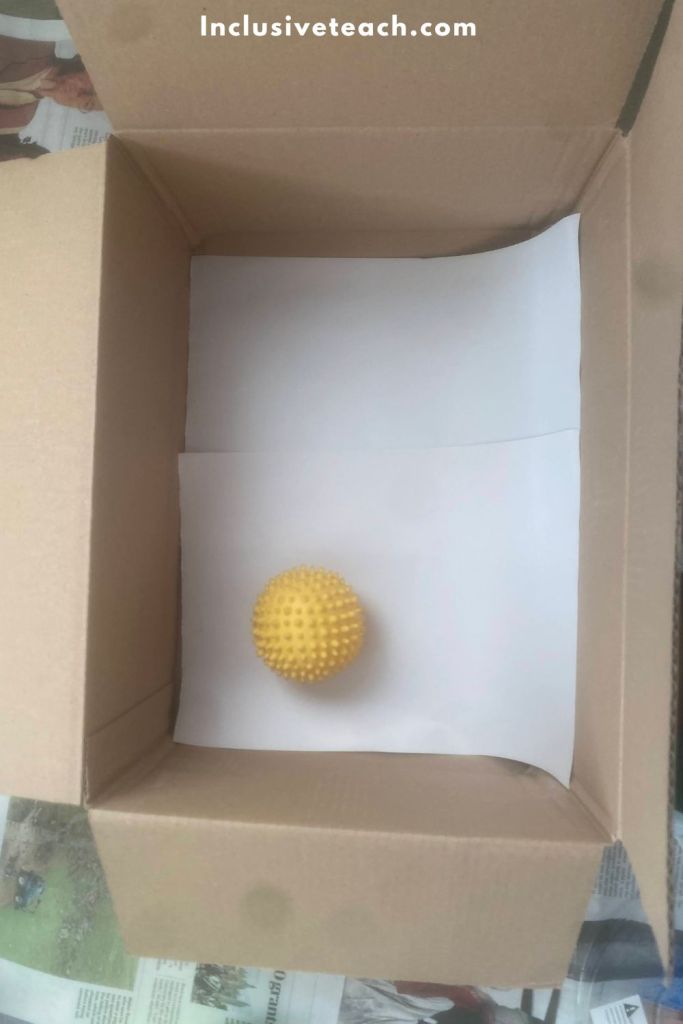
Creating Ball Painted Designs
Once kids have explored, they can begin creating designs on their canvas by rolling paint-coated balls. Using balls of various sizes and textures creates different effects – small balls make dots while larger balls create circular splotches. Wooden balls hold ridges of paint. Encourage kids to experiment filling up their canvas however they’d like.
As children purposefully roll balls to create planned designs, they utilise sensory feedback, spatial reasoning skills, and creative thinking. Having a tangible object to transfer paint from tray to canvas also builds hand-eye coordination and motor skills.
Adapting a Painting with Balls Activity for SEN
For children with special needs or disabilities, provide personalized support:
- Stabilise paper with tape for kids with low muscle tone to reduce frustration.
- Use chunky, lightweight balls that are easier to grip and roll.
- Try different grasping aids like rags or tags around balls.
- Allow sensory exploration of dry material with hands for kids hesitant to use messy resources.
- Reduce paint on balls or thin with water for tactile sensitivity.
- Focus on process, not product. Therapeutic benefits come from sensory experiences.
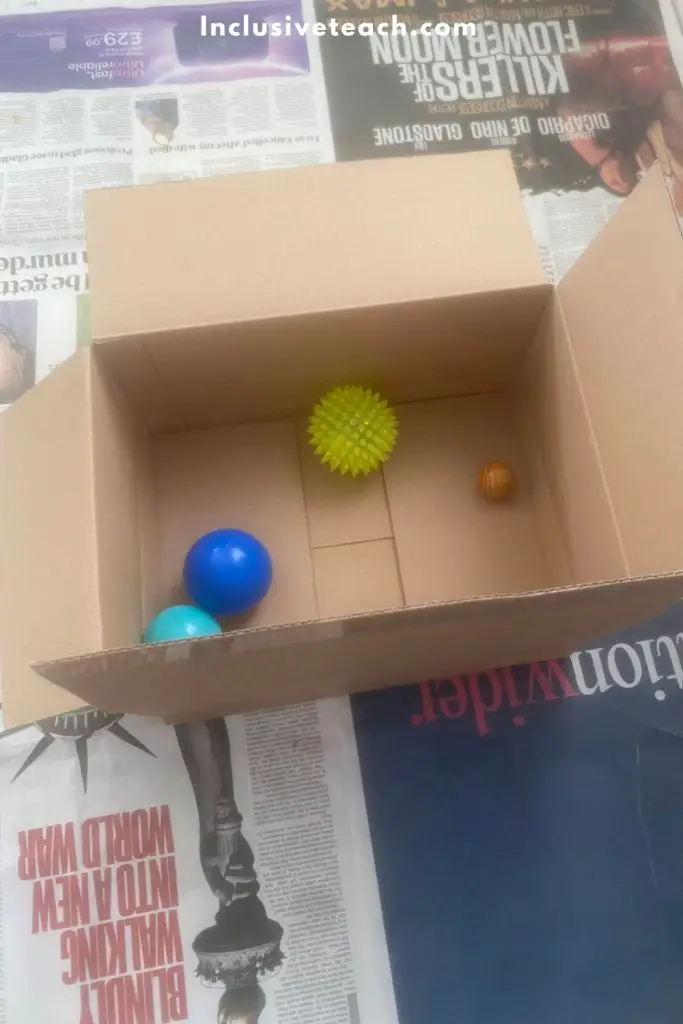
5 Themed Activity Ideas for Painting with Balls
Christmas Painting with Ornaments
Activity: Use Christmas ornament-shaped craft balls to create holiday designs.
Resources Needed:
- Styrofoam ornament balls, various sizes
- Red, green, white, and silver paint
- Canvas paper
- Trays for paint
How-To:
- Pour paint into trays. Coat ornament balls with paint by rolling in trays.
- Press painted ornaments onto canvas paper to create prints. Make patterns with different sized balls.
- Add details like snowflakes or trees with smaller craft balls. Let kids explore creating designs!
Halloween Painting with Eyeballs (Not real ones!)
Activity: Create spooky eyeball art using ping pong “eyeballs” for Halloween crafts.
Resources Needed:
- Ping pong balls
- White & black paint
- Canvas paper
- Googly eyes to attach
How-To:
- Pour white paint into trays. Coat ping pong balls to create “eyeballs”.
- Press ping pong balls onto canvas. Use black paint on smaller balls for “pupils”.
- Attach googly eyes to ping pong balls when dry for added effect!
Thanksgiving/Harvest Festival Painting with Vegetables
Activity: Make stamped vegetable prints for Thanksgiving.
Resources Needed:
- Vegetables – potatoes, carrots, peppers, etc.
- Acrylic paints in fall colors
- Canvas paper
- Knives for vegetable stamp carving
How-To:
- Carve vegetables into shapes – circles, swirls, lines.
- Coat carved veggie stamps with paint, press onto canvas to print.
- Repeat with various veggies and colors to create fall design!
Easter Egg Painting
Activity: Use egg shapes to make Easter patterns.
Resources Needed:
- Make up applicator “Egg”
- Egg cartons cut into paint trays
- Pastel paint colours
- Canvas paper
How-To:
- Choose a range of the make up sponges that look like eggs.
- Pour paints into cut egg carton trays. Coat sponges with paint.
- Press spongesgently onto canvas paper to create oval prints.
- Layer different colors and sizes for an Easter egg design!
Under the Sea Painting
Activity: Create underwater scenes using sports balls.
Resources Needed:
- Range of small/Medium balls.
- Blue, green, and purple paints
- Paper
- Googly eyes and foam (for 3D fish optional)
How-To:
- Inflate balls to various sizes.
- Coat balls with paint, bounce onto paper to create “bubbles” or fish shapes
- Use small glitter balls for “bubbles” too. Add 3D fish with googly eyes for effect!
- Extend by adding finger painted small bubbles, eyes or seaweed.
Educational Outcomes Linked to Ball Painting Ideas
To aid your planning we have written a short list of educational outcomes from early childhood frameworks that painting with balls activities can help develop:
- Fine Motor Skills – Using hands, fingers, and wrists to grasp and manipulate balls to paint builds dexterity, strength, and coordination. Aligns with motor development standards.
- Sensory Processing – Feeling and manipulating balls with different textures and paint provides multisensory input. Supports sensory learning and integration goals.
- Cause and Effect – Seeing the effects of rolling painted balls on paper teaches cause/effect relationships. Science and cognitive thinking standard.
- Symbolic Representation – Using balls to represent different objects/concepts promotes symbolic thinking. Aligned to cognitive development milestones.
- Creative Expression – Open-ended painting promotes self-expression, imagination, and comfort with messy play. Hits arts standards.
- Mathematical Concepts – Comparing sizes/shapes of balls, creating patterns, and spatial reasoning of design. Aligns with early maths skills.
- Language Development – Teacher narration and classifying balls develop receptive and expressive language. Language/communication standards.
- Collaborative Play – Painting together encourages cooperation, sharing, and joint engagement. Supports social-emotional milestones.
- Self-Regulation – Open exploration helps build the ability to focus attention and self-regulate behaviour. Emotional development goal.

Painting with balls is an engaging, developmentally enriching activity aligned to a variety of learning domains in early childhood frameworks. It’s a cross-curricular experience. Adjusting the materials and approach makes it accessible and beneficial for all ages and abilities. Let the painting begin!


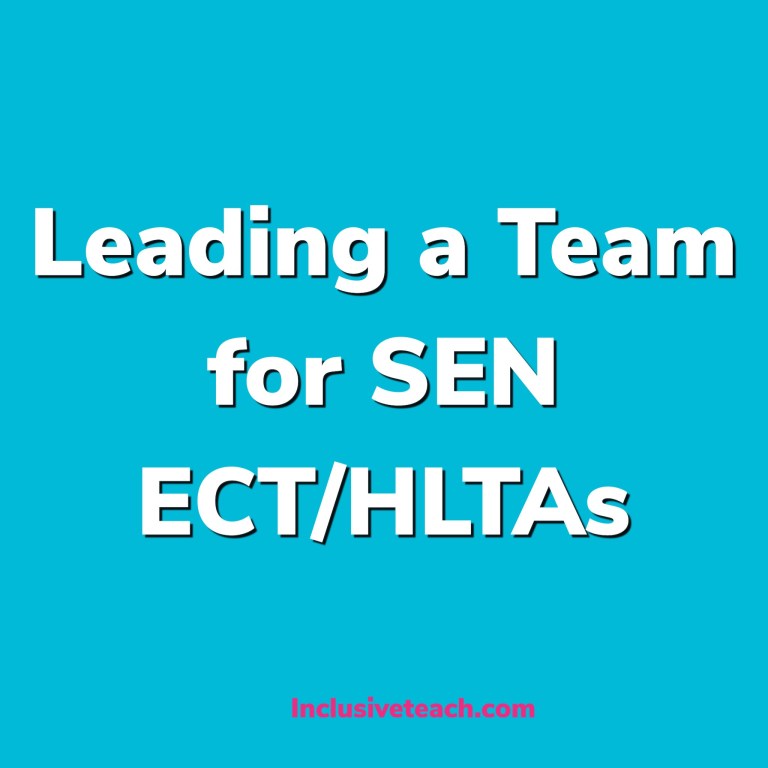

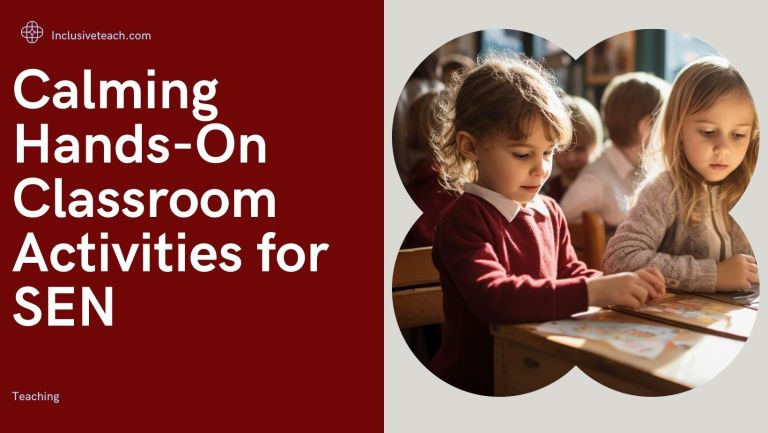
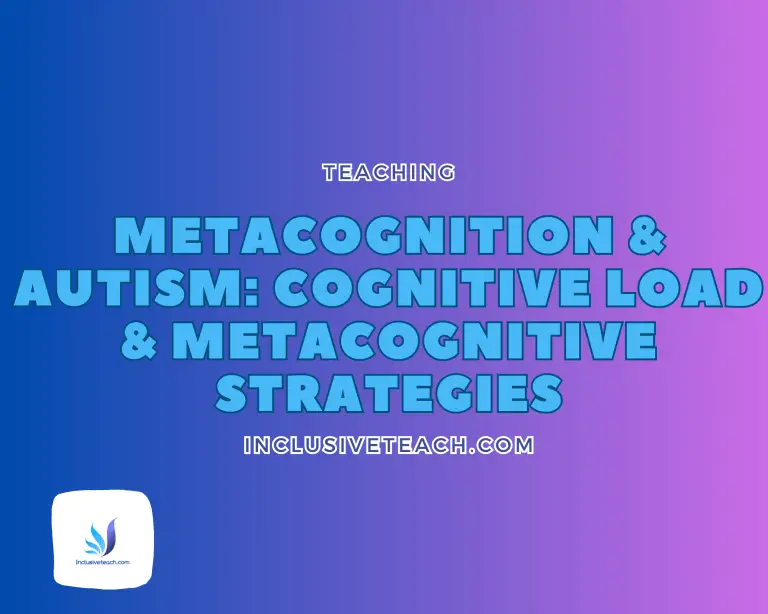

2 Comments